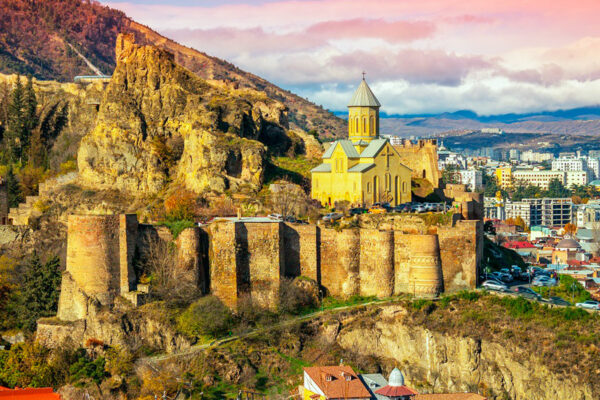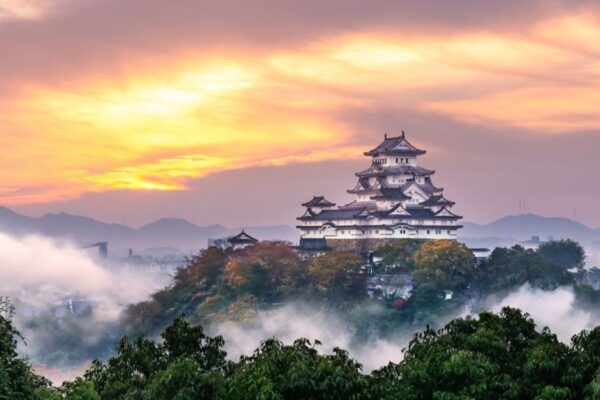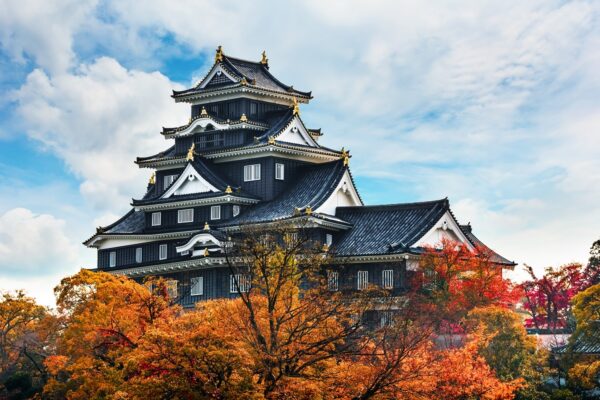
How Japanese Castles Differ from European Castles
Castles have long been associated with defense and power, but the construction and purpose of castles vary greatly between cultures. While European castles evoke images of towering stone fortresses designed for warfare and aristocratic living, Japanese castles were built with different architectural styles and strategic functions. Despite both types of castles serving as military strongholds,…















